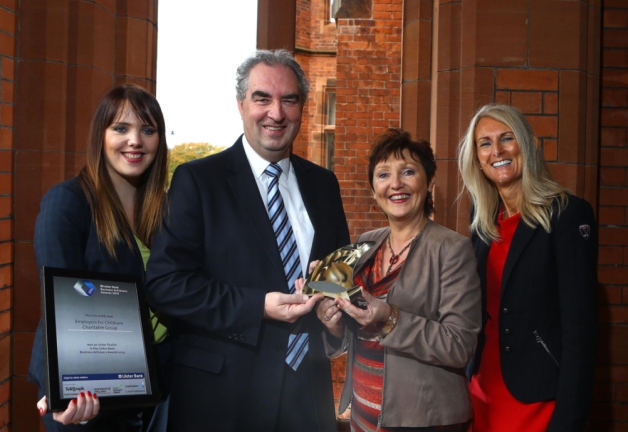Government Grants
Business Grants
Home Owner Programs
Federal Programs
About Us
Ambassadors Fund for Cultural Preservation - Lebanon 2025
The State Department established the AFCP in 2001 at the request of Congress.
At the time, the Senate noted that preserving cultural heritage offers an opportunity to showcase a different aspect of America — one that is non-commercial, non-political, and non-military.
AFCP projects support U. S. foreign policy and public diplomacy (PD) goals and can contribute to the development of civil society, promote cultural diversity and good governance, create economic opportunity, and help foster political stability.
Appropriate project activities may include:
· Anastylosis:
Reassembling a site using its original parts.
· Conservation:
Addressing damage or deterioration to an object or site.
· Consolidation:
Connecting or reconnecting elements of an object or site.
· Documentation:
Recording the condition and important features of an object, site, or tradition in analog or digital format.
· Inventory:
Listing objects, sites, or traditions by location, feature, age, or other unifying characteristics.
· Preventive Conservation:
Addressing conditions that threaten or damage a site, object, collection, or tradition.
· Restoration:
Replacing missing elements to recreate the original appearance of an object or site, usually appropriate for fine arts, decorative arts, and historic buildings.
· Stabilization:
Reducing the physical disturbance of an object or site.
At the time, the Senate noted that preserving cultural heritage offers an opportunity to showcase a different aspect of America — one that is non-commercial, non-political, and non-military.
AFCP projects support U. S. foreign policy and public diplomacy (PD) goals and can contribute to the development of civil society, promote cultural diversity and good governance, create economic opportunity, and help foster political stability.
Appropriate project activities may include:
· Anastylosis:
Reassembling a site using its original parts.
· Conservation:
Addressing damage or deterioration to an object or site.
· Consolidation:
Connecting or reconnecting elements of an object or site.
· Documentation:
Recording the condition and important features of an object, site, or tradition in analog or digital format.
· Inventory:
Listing objects, sites, or traditions by location, feature, age, or other unifying characteristics.
· Preventive Conservation:
Addressing conditions that threaten or damage a site, object, collection, or tradition.
· Restoration:
Replacing missing elements to recreate the original appearance of an object or site, usually appropriate for fine arts, decorative arts, and historic buildings.
· Stabilization:
Reducing the physical disturbance of an object or site.
Obtain Full Opportunity Text:
https://grants.nih.gov/grants/guide/rfa-files/RFA-HL-26-019.html
Additional Information of Eligibility:
Individuals and For-Profit Organizations are ineligible to apply for awards under this NOFO.This program NOFO does not support entities hiring interns or crews under the Public Lands Corps Act of 1993.
The Public Lands Corps Act of 1993, 16 USC, Chapter 37, Subchapter II-Public Lands Corps, is the only legislative authority that allows BLM to "hire" interns under this authority.
Therefore, eligible Youth Conservation Corps may only apply for projects developed under NOFO 15.243 – BLM Youth Conservation Opportunities on Public Lands.Cooperative Ecosystem Studies Unit (CESUs) are partnerships to promote, conduct, and provide research, studies, assessments, monitoring, technical assistance, and educational services.
For cooperative agreements with CESU partners, indirect costs are limited to a rate of no-more-than 17.5 percent.
Applicants should state if they will participate in the CESU program, and if so, which CESU Network would be the host.
Full Opportunity Web Address:
http://grants.nih.gov/grants/guide/rfa-files/RFA-HL-26-019.html
Contact:
Agency Email Description:
For Inquiries
Agency Email:
Date Posted:
2024-11-25
Application Due Date:
Archive Date:
2025-02-02
Social Entrepreneurship
Spotlight
Childcare Charitable Group Named Top Social Enterprise

Employers For Childcare Charitable Group (EFCG), a Lisburn-based charity, has been crowned top Social Enterprise at the Ulster Final of 2014’s Ulster Bank Business Achievers Awards. EFCG seeks to “make it easier for parents with dependent children to get into work and to stay in work.”
